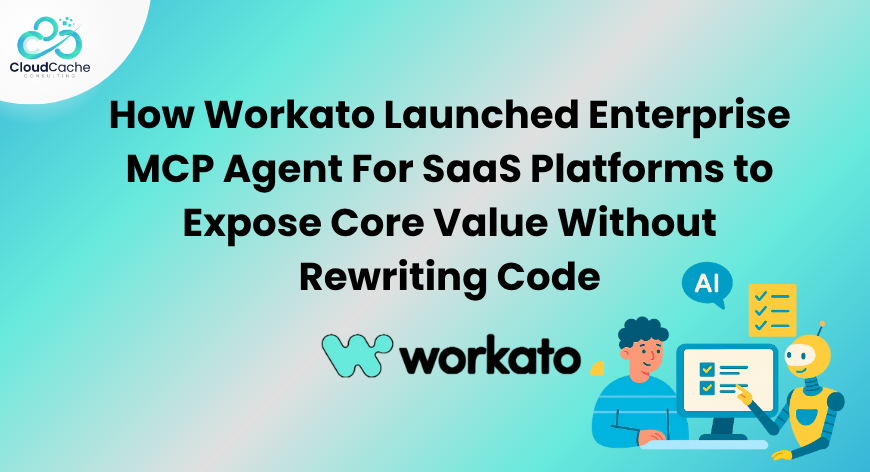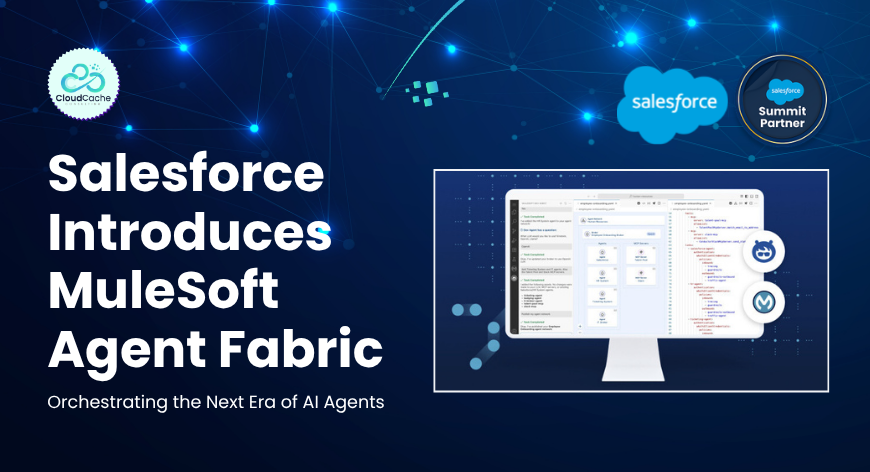
Make Introduced its first AI Agent ‘Maia’: A New Era of No-Code Automation and AI
In its recent Waves ’25 product release, Make unveiled an exciting new solution: Maia by Make, designed to let users build automations and AI-powered workflows simply by speaking their intent.
Here’s a rundown of what Maia delivers, and how your organization can benefit from it.
What Is Maia by Make.com?
Maia is Make’s new conversational assistant for building automations and AI workflows. Instead of relying on manually dragging modules, wiring logic and then playing catch-up with debugging, users can describe what they want in plain language—and Maia will generate the scenario for them.
But importantly, Maia isn’t just a black-box. The Make team emphasises visual transparency: you’ll still see the logic unfold in Make’s Scenario Builder, allowing review, tweaking, enhancements and governance.
Maia is currently in early access (join the waitlist to try).
Key Features
Here are the standout features that Maia brings:
- Conversational creation: Build automations and AI agents by describing your intent in natural language. For example: “Create a workflow to route new leads from this form, tag them by region, notify sales, update CRM.” Maia generates a working scenario.
- Visual control and transparency: After crafting the scenario, the user sees it in Make’s visual builder—so you’re not handing over to a black-box AI. You can inspect modules, adjust logic, and review how data flows.
- Faster time to value: By combining conversational building plus pre-built modules, Maia aims to shorten the path from idea to live automation.
- Accessible to non-technical users: Make emphasises that Maia lowers the barrier for those without deep coding or automation experience to contribute meaningfully.
- Built for scale: While initially targeting ease of use, Make positions Maia as part of a larger vision—where Maia will understand your full automation landscape, dependencies, and provide recommendations proactively.
Why It Matters
Why should organizations care about Maia? Here are some reasons:
- Bridging business and IT skills: Many automation initiatives stall because business users know the what but don’t know the how; engineers know the how but need the what. Maia helps bridge the gap by letting business-users sketch tasks in natural language, then translating into deployable logic—while still giving IT visibility and control.
- Speed and agility: In today’s environment, processes change fast, teams require quicker responses, and dependencies multiply.
- Maintaining governance and visibility: Many “build with AI” tools risk becoming opaque and uncontrollable. Make’s emphasis on visual transparency means Maia attempts to avoid “automation black-boxes”.
How to Pick
If your are interested, then:
Join the wait-list. Since Maia is in early access, you’ll want to request access and plan your pilot.
Define a good pilot use-case. Choose a process that:
- is business-user driven (marketing, sales, HR)
- has repeated manual steps
- has clearly defined input → output flows
This helps you test Maia’s conversational building and visual control.
Involve both business and technical stakeholders. Let business describe the process (“I want to do X”), while tech reviews the scenario generated by Maia for performance, security, and maintainability.
Review the generated scenario visually. Even though the automation was built via conversation, inspect it in the builder: modules, data flows, error handling, logs.
Measure impact. Track how much time was saved, how many errors reduced, how many people can now build/day. Use that data to justify broader roll-out.
If your team is evaluating next-generation automation tools, Maia by Make deserves a spot on your roadmap. It may not replace all deep technical development, but it gives you a new lever to unlock automation across the business—and that can make a real difference.
For more such updates stay connected with CloudCache Consulting.










